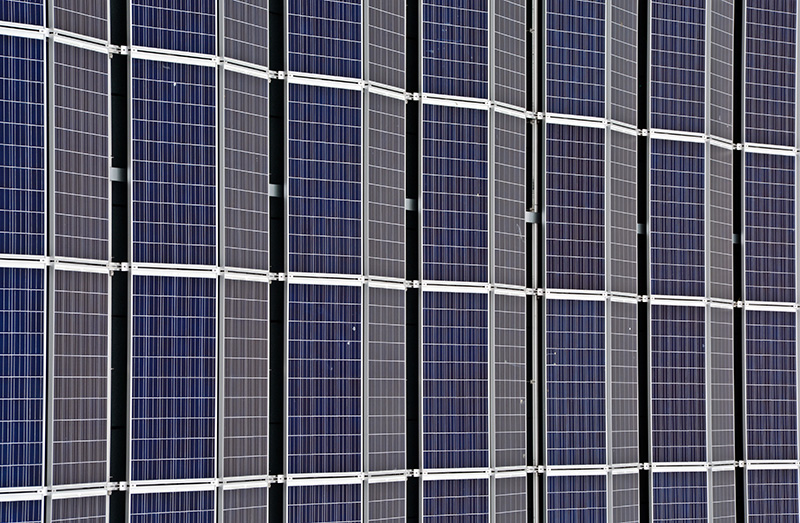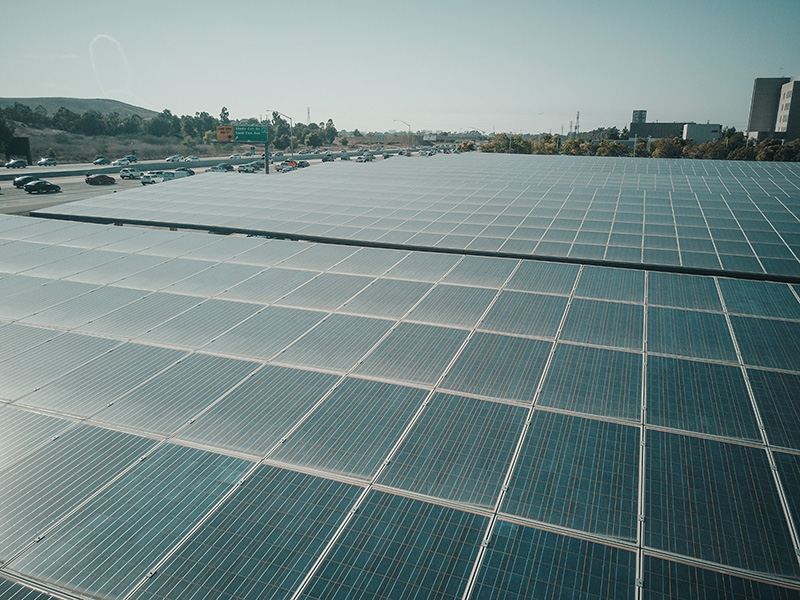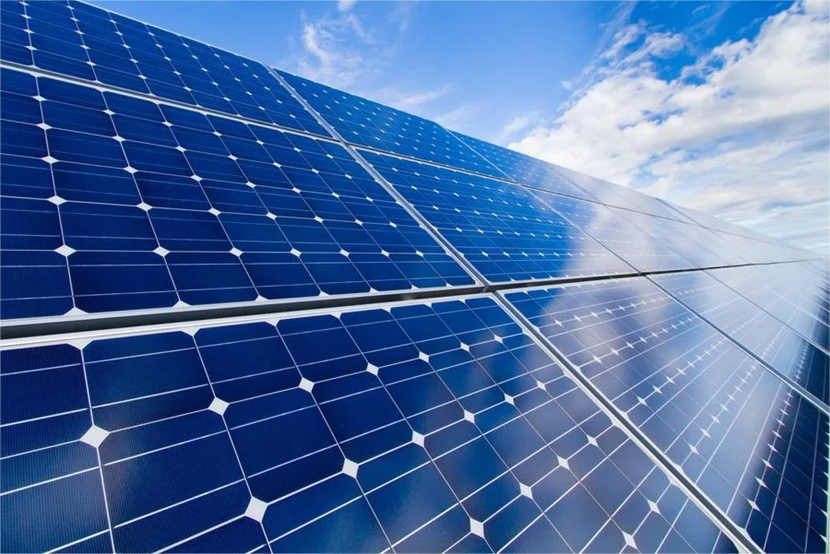What is the price of 300w solar panel?
Description
The price of a 300W
solar panel can vary based on brand, quality, region, and market conditions. As
of my last update in 2021, the price typically ranged from $150 to $300 for a
standard 300W solar panel. However, it's important to check current market
prices or specific suppliers for the most accurate and up-to-date information.
Factors
Influencing the Price of 300W Solar Panels
When it comes to
determining the price of 300W solar panels, several key factors come into play.
From the intricacies of manufacturing processes to regional variances,
understanding these elements can help potential buyers make informed decisions.
Here's a deeper dive into the main influencers:
Manufacturing
Costs and Technology
The manufacturing
process of solar panels primarily involves the production of solar cells,
assembly, and quality checks. The cost of raw materials, notably silicon, plays
a crucial role in determining the overall price. Additionally, advancements in
solar technology can sometimes raise the initial cost but often lead to better
efficiency and longer panel lifespans. For instance, monocrystalline
solar panels often have higher efficiency ratings than polycrystalline
panels but might be priced slightly higher due to their manufacturing
complexity.
Brand and
Quality Differences
Just like with any
other product, certain brands command a premium due to their reputation,
product quality, and customer service. Companies that have been in the solar
industry for a long time and have established credibility might charge more for
their panels. For instance, comparing brands like SunPower, known for its
high-efficiency panels, to newer entrants in the market can showcase noticeable
differences in price points. SunPower panels might be more expensive, but their efficiency
and warranty terms often justify the extra cost.
Regional Price
Differences
The cost of solar
panels can vary significantly based on geographical location. Factors such as
import tariffs, transportation costs, and local competition can influence the
price. For instance, solar panels might be cheaper in countries with a strong
manufacturing base, like China, compared to countries that import most of their
panels. However, regional subsidies and incentives can offset these price
differences, making it crucial for buyers to investigate local prices and
deals.
Government
Incentives and Subsidies
Many governments around
the world offer incentives to encourage solar adoption. This can range from tax
rebates, feed-in tariffs, to upfront subsidies for installation. Such
incentives can drastically reduce the effective price of solar panels for
end-users. For example, the Investment
Tax Credit (ITC) in the United States offers a significant percentage off
the total installation costs, which includes the price of the solar panels,
making solar adoption more affordable for many households.
This comprehensive
analysis offers a better understanding of the price dynamics surrounding 300W
solar panels. By keeping these factors in mind, potential buyers can navigate
the market more confidently and secure a good deal.
Breakdown of
Solar Panel Costs
The overall cost of
solar panels is a culmination of various components, from the raw materials to
the post-sale services. To ensure you're getting the best bang for your buck,
understanding this cost breakdown is crucial. Here's a comprehensive analysis:
Materials Used
in Solar Panels
·
Solar Cells: The heart of the
panel, these cells typically comprise silicon. The
type of silicon used, be it monocrystalline or polycrystalline, can vary the
costs. For instance, monocrystalline cells are generally more efficient but
come with a higher price tag.
·
·
Glass and Framing: These protect
the cells and give the panel its structure. Investing in durable and
specialized glass, such as those with anti-reflective properties, can increase
the costs.
·
·
Backsheet and Encapsulation: These
components protect the solar cells from external factors and ensure longevity.
Premium materials here can also add to the panel's overall price.
·
Labor and
Manufacturing Overhead
·
Assembly and Quality Control:
Regions with higher labor costs can naturally lead to pricier panels due to the
manual processes involved in assembly and checks.
·
·
Operational Costs: These encompass
expenses like rent, utilities, and equipment maintenance at the manufacturing
facilities.
·
·
Research and Development: Brands
that are at the forefront of solar technology innovation will factor in their
R&D expenses.
·
Distribution
and Marketing Expenses
·
Transportation: Shipping the
panels, especially over long distances or international borders, adds to the
cost, given fuel expenses and possible import duties.
·
·
Marketing and Branding: Firms that
engage in extensive marketing campaigns, sponsor events, or partake in solar energy exhibitions will naturally have higher
promotional expenses.
·
Warranty and
Service Considerations
·
Extended Warranties: A solar panel
with a 25-year warranty will be pricier than one with a 10-year warranty. This
longer commitment by the company is often reflected in the price.
·
·
After-sales Services: Companies
known for their robust customer service or widespread service networks might
incorporate these operational costs into the panel's price.
·
In essence, when
looking at the sticker price of a solar panel, you're seeing the combined total
of all these individual components. A well-informed buyer will weigh these
factors to ensure a smart and sustainable purchase.
Comparison
with Other Solar Panel Capacities
Solar panels come in
various capacities, each with its own set of pros and cons. Comparing the 300W
panels to other capacities can help consumers make informed decisions based on
their energy needs and budgets. Let's dive into a multi-faceted comparison.
Price per Watt
Comparison
One of the most
straightforward ways to compare solar panels of different capacities is to look
at their cost on a per-watt basis. Here's a table showcasing the average prices
for various popular capacities:
|
Solar
Panel Capacity |
Average
Price per Watt |
|
100W |
$0.70 |
|
200W |
$0.65 |
|
300W |
$0.60 |
|
400W |
$0.58 |
|
500W |
$0.56 |
From the table, it's
evident that as panel capacity increases, the cost per watt tends to decrease,
making larger panels more cost-effective in terms of energy generation.
Advantages of
Choosing 300W Panels Over Other Capacities
·
Middle Ground: 300W panels strike a
balance between the smaller, portable capacities and the larger, high-output
ones. They are manageable in size while offering a substantial energy output.
·
·
Cost-Effective: As seen in the
price per watt table above, 300W panels offer a better price-per-watt ratio
compared to their smaller counterparts.
·
·
Versatility: Suitable for a variety
of applications, from residential rooftops to small-scale
commercial setups.
·
·
Space Utilization: For limited
spaces, a few 300W panels can provide a good energy output without needing the
extensive area that higher capacities might demand.
·
Performance
Efficiency Across Different Solar Panel Sizes
The efficiency of a
solar panel determines how well it converts sunlight into electricity. While
individual brands and technologies play a role, here's a general comparison
based on panel sizes:
|
Solar
Panel Capacity |
Average
Efficiency |
|
100W |
15% |
|
200W |
17% |
|
300W |
19% |
|
400W |
20% |
|
500W |
21% |
Larger panels, like the
300W and above, generally tend to have better efficiencies due to advancements
in technology and manufacturing processes.
In summary, while 300W
panels offer several advantages, the final decision should align with an
individual's energy needs, space constraints, and budget.
Installation
Costs Associated with 300W Solar Panels
The installation of
300W solar panels goes beyond just purchasing the panels themselves. It
encompasses various associated costs, from labor to potential maintenance.
Whether you're considering a professional installation or a DIY approach, being
well-informed about these costs is paramount to ensuring a smooth and efficient
setup.
Professional
Installation vs. DIY
Choosing between
professional installation and a DIY approach hinges on a balance between cost,
time, and expertise.
Professional
Installation: Hiring professionals typically
ensures a hassle-free and optimized setup. While the average cost can range
between $1 to $3 per watt, resulting in a total of $300 to $900 for a 300W
panel, this price often includes a comprehensive service. It covers site
assessment, panel mounting, electrical connections, and initial system testing.
Moreover, professionals bring their experience to the table, which can lead to
a more efficient setup that maximizes solar energy harnessing.
DIY: Going the DIY route can save upfront costs, potentially reducing
the installation expenses by up to 50%. However, this approach demands a
certain level of expertise, especially regarding electrical connections.
Additionally, one might need to spend on tools or equipment for the
installation. There's also the time factor to consider, as DIY installations
can be more time-consuming compared to professional setups. For those
interested in the DIY approach, numerous online tutorials
and communities offer guidance.
Additional
Hardware Requirements
Beyond the solar panel
itself, there are several pieces of hardware and equipment essential for a
functional solar energy system.
Mounting
Hardware: Depending on the installation
location, whether it's a roof, ground, or pole mount, the hardware can cost
between $100 to $500.
Inverter: The device that converts the direct current (DC) produced by the
solar panel into alternating current (AC) suitable for home appliances. A good
quality inverter can range from $300 to $1,200.
Cabling and
Connectors: These facilitate the transfer of
electricity and can cost around $50 to $200, depending on the length and
quality.
Safety
Equipment: This includes items like circuit
breakers and disconnect switches, essential for system safety. Their collective
cost can range from $100 to $300.
Maintenance
and Operational Expenses
While solar panels have
minimal moving parts, ensuring their optimal performance does require some
maintenance. Regular cleaning to remove dust or debris can enhance the
efficiency of the panels. If professionals are hired for this task, it might
cost around $100 to $300 annually. Besides, inverters have a lifespan and might
need replacement every 10 to 15 years. Depending on technological advancements
and market fluctuations, future replacement costs can vary.
In conclusion, while
300W solar panels offer a sustainable and eco-friendly energy solution,
understanding the associated installation costs is crucial for budgeting and
planning. A well-rounded knowledge base will help individuals harness the sun's
power most efficiently.
How to Choose
the Right 300W Solar Panel for Your Needs
Embarking on the
journey to harness solar energy is a commendable decision, both for the
environment and your energy bills. However, choosing the right 300W solar panel
is not just about picking the first one you come across. It involves careful
consideration and evaluation to ensure you receive optimal performance and
value for money.
Evaluating
Energy Needs and Consumption
Before diving into the
world of solar panels, you must first understand your energy consumption
patterns.
·
Monthly Energy Bills: Begin by
analyzing your electricity bills over the past year. Look at the kWh
(kilowatt-hours) consumed to get a sense of your monthly and annual energy
needs.
·
·
Future Adjustments: Consider any
upcoming changes. For example, if you're planning to buy an electric car or
adding more appliances, this will increase your energy demands.
·
·
Peak Energy Consumption: Understand
during which hours of the day you consume the most energy. This will help in
planning the optimal placement of your solar panels to capture the most
sunlight during these hours.
·
Factors to
Consider When Selecting a Brand and Model
·
Efficiency: Higher efficiency
panels will generate more power in the same amount of space. Research the
efficiency rates of various models before making a choice.
·
·
Warranty: A longer warranty often
signals the manufacturer's confidence in their product. Typically, solar panels
come with a 20 to 25-year warranty, but always read the fine print to
understand what's covered.
·
·
Temperature Coefficient: Solar
panels, ironically, can lose efficiency as temperatures rise. Choose a panel
with a lower temperature coefficient, especially if you live in a hot climate.
·
·
Price: While it might be tempting
to opt for the cheapest option, remember that quality often comes at a price.
Balance your budget with the panel's features and durability.
·
Reviews and
Expert Recommendations
Word of mouth and the
experiences of others can provide valuable insights.
·
Online Forums: Websites, solar energy
forums, and user reviews can offer first-hand accounts of the performance
and durability of specific panels.
·
·
Expert Reviews: Industry experts
often conduct thorough tests and reviews of solar panels, providing detailed
insights into their pros and cons.
·
·
Local Recommendations: Talking to
neighbors or local businesses who have adopted solar energy can offer practical
recommendations based on similar environmental conditions.
·
Lastly, speaking of
recommendations, it's worth noting that Tongwei
has made significant strides in the solar industry. Renowned for their
innovation and commitment to quality, Tongwei's solar cells are a blend of
efficiency and durability. If you're considering a 300W panel, their offerings
might just be what you're looking for.
In conclusion, while
the prospect of going solar is exciting, making an informed choice will ensure
you get the most out of your investment, both in terms of energy and finances.



